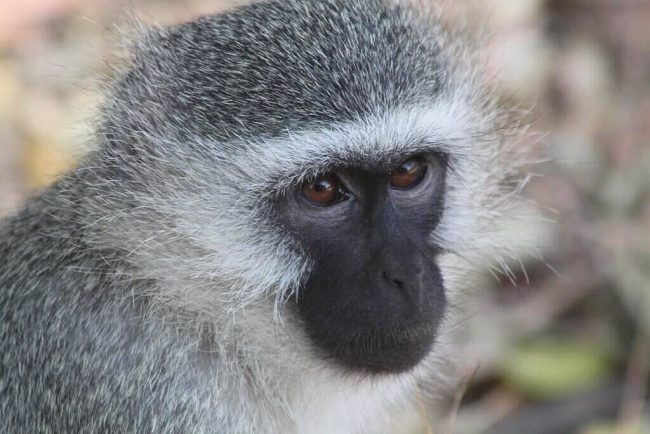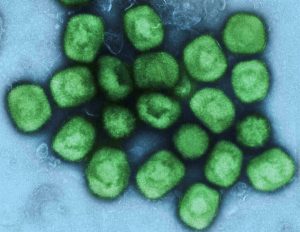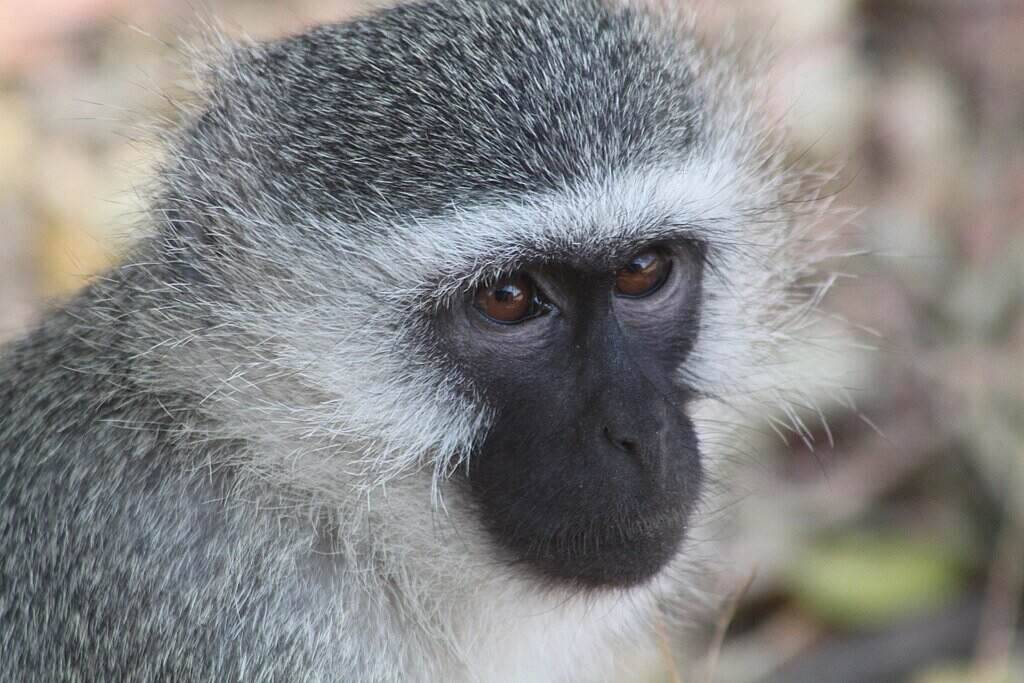|
Getting your Trinity Audio player ready...
|

The monkeypox virus was first found in the late 1950s. During that time there were two pox-like epidemics in the colonies of monkeys, therefore they called the disease “monkeypox.” The earliest case of monkeypox was documented in 1970 in the Democratic Republic of Congo throughout a term of escalated attempts to terminate smallpox.
Since then, monkeypox was been reported in other central and western African countries. The disease is a foodborne disease with similar indicators to past patients with the smallpox virus, even though it is medically less acute. The smallpox vaccine can work for the monkeypox disease.
This monkeypox illness is a double-standard infection that belongs to the orthopoxvirus variety of the poxviridae clan. Various animal species have been identified as susceptible to the monkeypox virus.

Human outbreaks were first known in 1970 in the Democratic Republic of Congo in a 9-month-old boy in a region where smallpox had been eliminated in 1968. After that, most occurrences have been documented in rural, rainforest regions of the Congo Basin. They have also escalated in the central and western parts of Africa. Zoonotic infection can happen when there is head-on proximity of blood, biofluid, or a contusion of the contaminated wildlife. The natural cause of the pox virus is not discovered yet but is most likely formed by rodents. Food created by an infectious animal is also a high chance of exposure to pox.
People living around or close to woodland districts may be at a low chance of being contaminated by the disease. Human to human contamination can be caused in similar ways an animal to human contact. Exposures include respiratory secretions, skin abrasions of a contaminated person, or recently contaminated object.
Some signs of these infectious viruses are a high temperature, migraines, lymphadenopathy, lumbago, muscle pain, and frailness that usually last from one to five days. Then between the first one to three days are when the skin emission after the appearance of fever. These bumps affect the face, palms of the hands, and soles of the feet.
This is a self-limited virus that has symptoms that last for half a month to a month. People younger than 50-40 may be more susceptible to the virus. Some ways to refrain from catching the virus are:
- Stay away from animals with possible infections of any sort,
- Attempt to avoid physical touch with any substance that has been in touch with a sick animal.
- Separate the sick people from the non-infected people to prevent further contamination.
- Use personal protective equipment (PPE) when caring for patients and animals.
When someone is infected with monkeypox it is suggested that there is lots of relaxation along with supportive care if needed. Hospitalization is only needed in severe cases, a negative pressure room is preferable.
Written by: Key Robertson
Sources:
World Health Organization: Multi-country monkeypox outbreak in non-endemic countries
CDC: Monkeypox
Top and Featured Image by flowcomm Courtesy of Wikimedia – Creative Commons License
Inset Image Courtesy of NIAID’s Flickr Page – Creative Commons License



